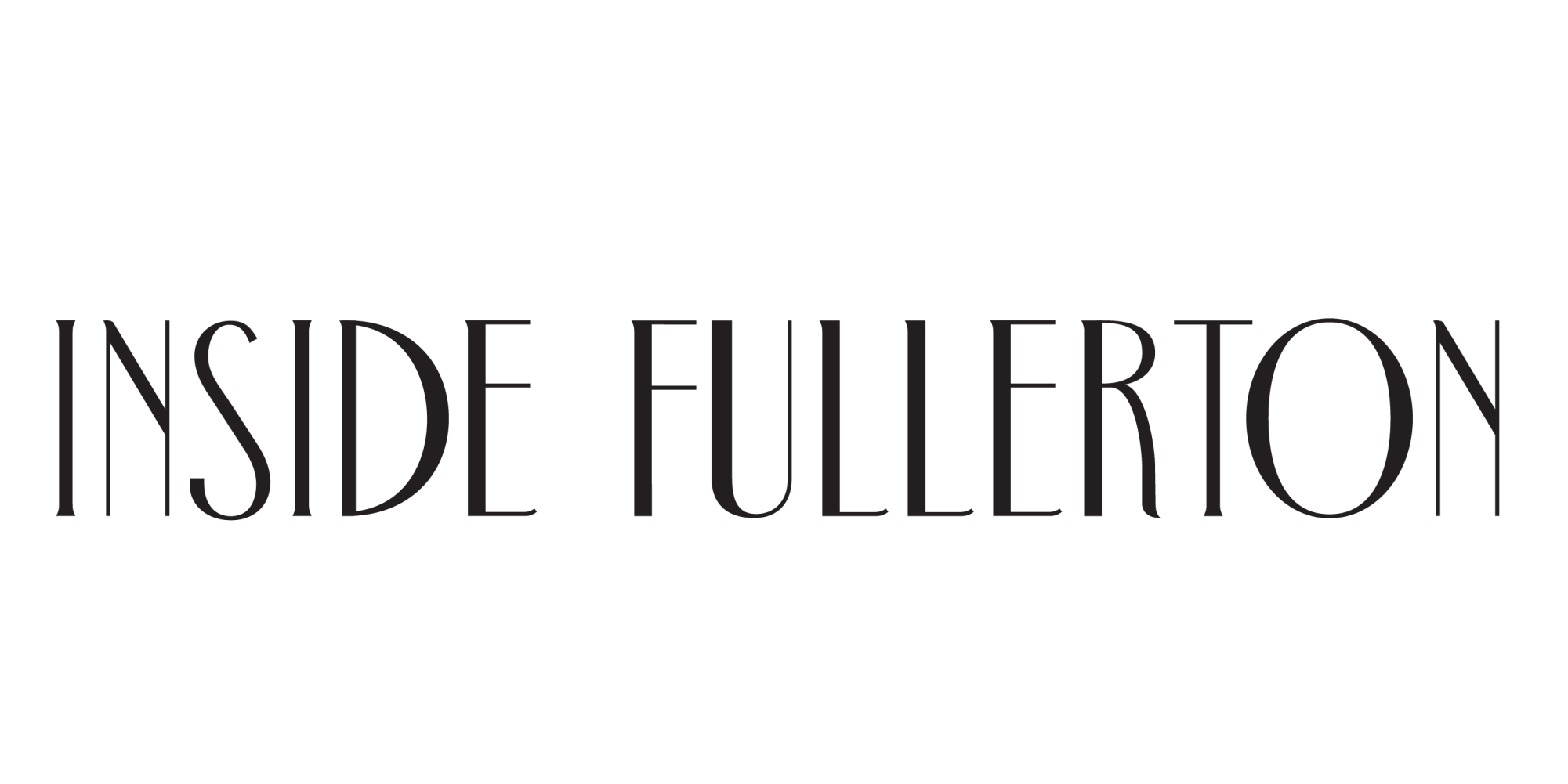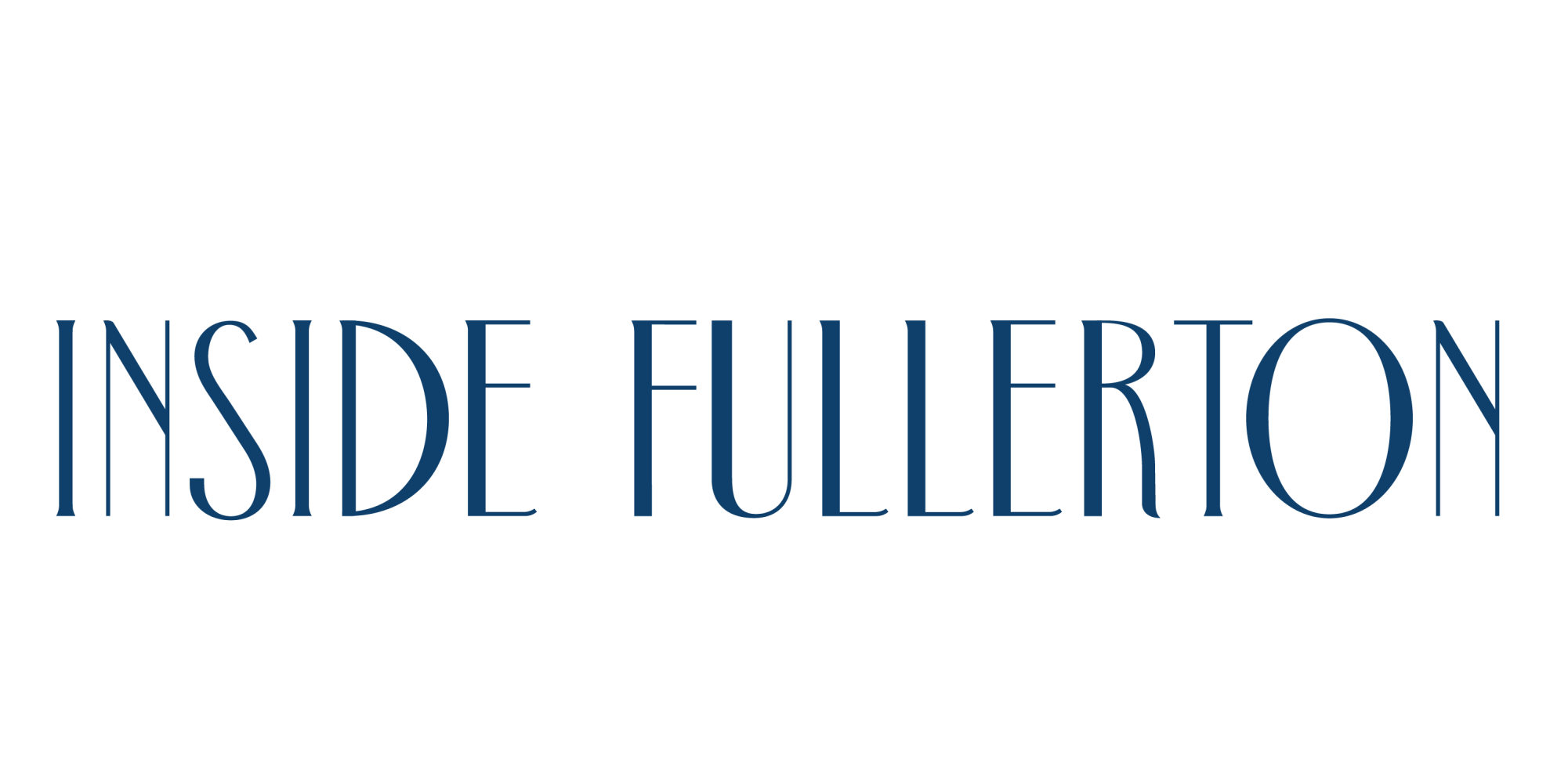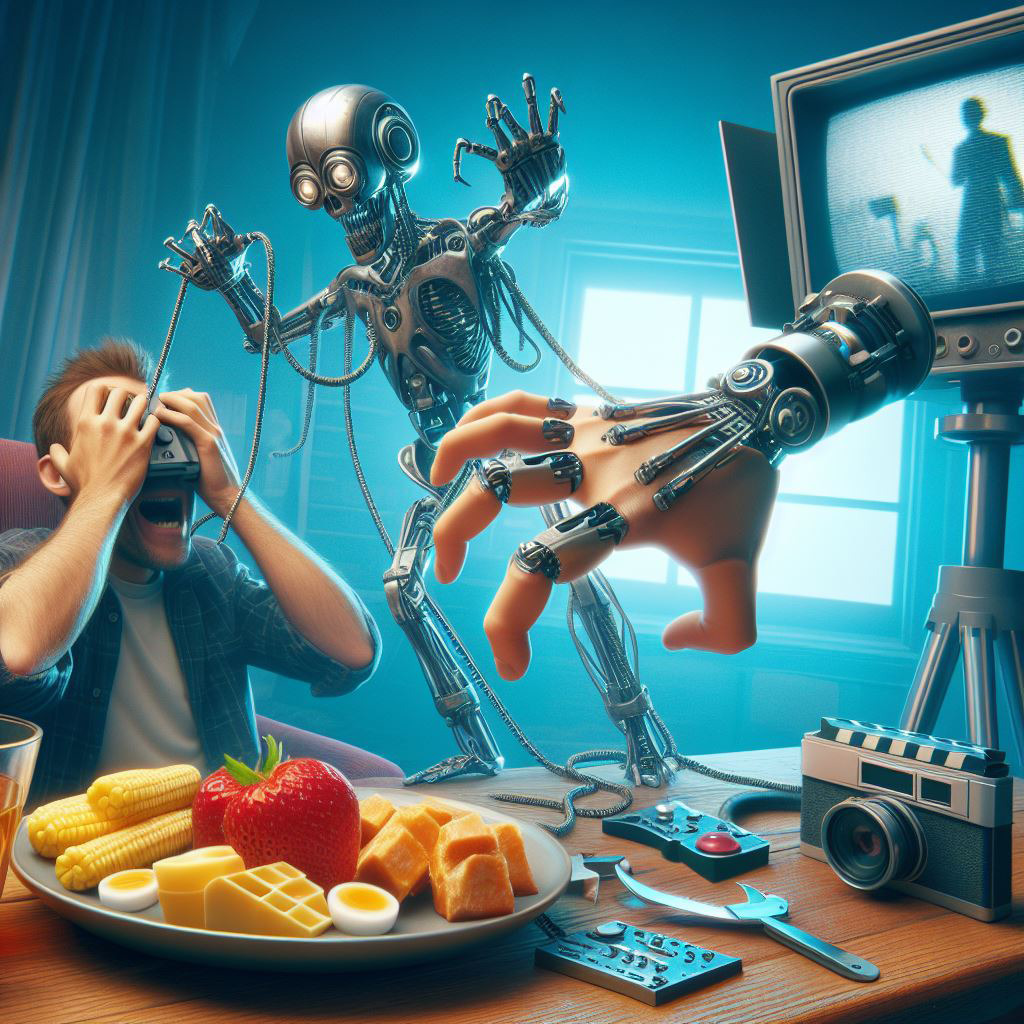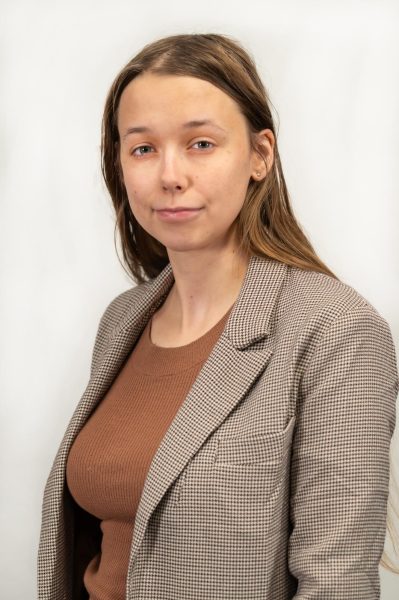On the cinema screen, the audience is welcomed to an animated home in California with a TV blaring a news report that the electricity in the town seems to be going haywire. From there, a little boy tells his father about a little furry creature called “The Glitch” that has been causing all the internet chaos. This is not just any animated film—it’s been animated by artificial intelligence.
Ever since the first drawing program was created in 1962 by computer science professor Alex Sutherland, computer graphics (CG) have been used to improve various animation techniques, such as generating more detailed features like hair, skin textures and facial expressions.
This technology can also create and recognize images and put them together in a certain sequence. Since the early days of CGI animation in “Toy Story” in 1995, computer scientists and film enthusiasts have been testing it to make short films and help write scripts.
But the real power of artificial intelligence started rattling industries from Disney+ to Marvel in 2023—and it’s no different with animation. In January 2024, the primary union representing animation artists, writers and technicians, known as the Animation Guild, issued a report saying OpenAI was using ChatGPT technology to create their works without permission. Meanwhile, a lot of animation jobs are either in danger of being terminated or downsized. According to Animation Guild’s website, 118,500 jobs in film, animation and television will be affected by AI or disappear altogether in the next three years. According to the report, the film studios could save millions of dollars by shifting some production to AI, animators and viewers alike fear the loss of that human touch in the process.
One of the reasons behind the actors and writers strikes in Hollywood in the summer of 2023 was concerns over AI. Besides the recent flow of streaming services and the pandemic, GenAI (as the guild calls it) is a big concern for animators and script writers alike. Over the next several years, the Animation Guild will plan to study and organize the new GenAI software so animators can adapt and not have to lose their jobs.
“The whole reason I became an artist and writer was to spread beauty and tell stories that might have inspired dreams in people in the same way that others inspired me,” says Fernando Villanueva, a writer for the Animation Guild. “Lately it’s become harder and harder to stay positive and motivated when I am continually hearing of ways in which our art is being scraped and stolen without our consent. Our very voice is being taken and twisted along with countless others, and hardly anything seems to be getting done to regulate these technologies.”
One of the scriptwriters concerned in the industry shares his testimonial online so he can get his point across.
The Animation Guild in Burbank, California has created a concept Art Association AI/ML advocacy group so writers and artists can discuss the potential threat of AI technology in their career. It’s a concern for not just artists but for non-artists as well.
Antoine Dubois, a 22-year-old storyboard artist at Fullerton College, started his career in the animation industry in middle school. He took video production classes and created school broadcasts for his assignments in middle school and high school.
When he was casually scrolling through Reddit one day in March 2021, someone from Evolve Studios—a nationally based studio—messaged him about needing editors to make trailers for Netflix movies. He had seen one of Dubois’ fan-made trailers and his editing skills looked impressive. Dubois did not think it was legit until he noticed how professional the editor’s trailers looked. After some phone calls, portfolio reviews and a contract signing, he was officially an editor at Evolve Studios.
So far, in the process of studying to be a storyboard artist, he has worked on over 30 trailers for Netflix movies, worked for some other studios and has done freelance work on the side.
Dubois refuses to use artificial intelligence including ChatGPT, Firefly in Adobe Photoshop and DALL-E. “It is a cheap and effortless way to do things, rather than doing it yourself,” says Dubois. “However, it is not like AI does not have its uses in society, it can be particularly useful.”
In the 1920s, animators used to hand-draw each movement into keyframes. Then they either photocopied it onto cell sheets or inked them with a radiograph pen. According to “Moving Innovation,” a book written by Tom Soto, the early computer-generated graphics made it possible to understand the kinematics of animated objects to make them three-dimensional, when the wire frame was moved.
Films made with AI are met with a lot of negative reception because people can sometimes recognize what is real and what is not—a phenomenon known as “uncanny valley.”
As a former producer for Disney, 56-year-old Richard Salazar knows his way around a video camera. Salazar was inspired by his theater classes in high school to work in the film industry, and he eventually went to UCLA and graduated with a bachelor’s degree in film production. From 1990 to 1995, he worked as a producer for “Goof Troop” (1992) and “Rescue Rangers” (1989). After that, he did some freelancing for other studios until 2005.
When the pandemic hit in 2020, Sanchez moved back to Yorba Linda, Orange County, to take care of his dad, where he is still freelancing in video production and taking classes in brass music and automative technology for fun at Fullerton College.
While working as a film producer and working behind-the-scenes of script writers and animators, Salazar saw that distinct types of AI were concerning in the industry. LED green screens, for instance, could composite images on the spot and build the movie environments digitally. Gone were the days of having to move from location to location to get that perfect scene.
Salazar said that working with AI in its early stages wasn’t as easy as it is now because it has gone through a lot of adjustments, like in “Rogue One: A Star Wars Story” (2016) when they had to animate a young version of Carrie Fisher into the final scene. Hair and make-up artists in the past would have to de-age a person to make a scene believable.
“In animation, it’s only a matter of time before a creator is made through artificial intelligence,” says Sanchez. Artificial Intelligence is gaining a consciousness of creativity so fast, it is only a matter of time before they replace humans.
The benefit of AI, however, is that creatives can input their ideas into the software to make the workflow easier. This includes computer programs that streamline tasks such as database management, essential for conducting business processes. New studios, like Duncan Studio in Pasadena, California, have developed software where 2D medium is the input and 3D Maya medium is the output.”
People’s comments on the short film “Glitch” were varied. While some people were amused that a little computer program could create something so adorable, some wondered if it would be taking jobs soon. They speak about seeing realistic looking animated films and commercials filled with actual glitches and strange storylines. The prospect of seeing more AI generated films in the future seems more probable than ever if these programs are thinking up ideas for themselves.
OUR A.I. WORK
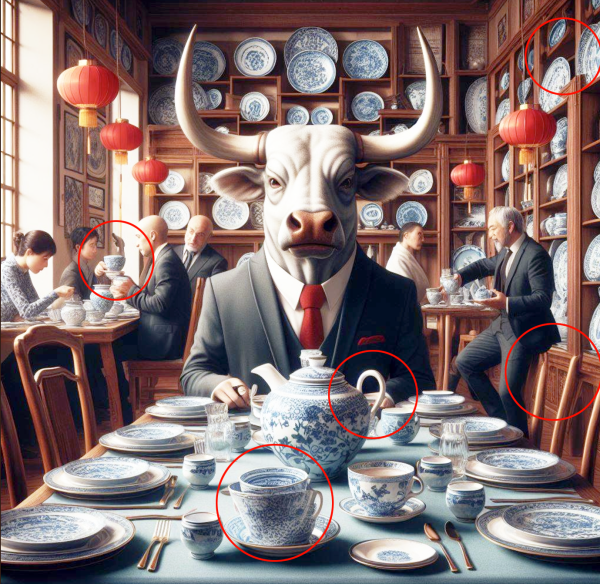
Teatime for Mr. Bull
This is an average picture of a bull sitting in a china shop, made by Bing AI Image Creator—but if you look more closely, you can see some errors.
• The teacup in the front looks glitched.
• Mr. Bull has a hoof as well as a human hand.
• The chair on the right is missing its top, and to the top, there is a missing part to the top shelf above it to show a plate.
• To the left, the man in the background appears to be holding a glitched image of a donut instead of a plate. Above that cup, there appears to be a snake in the background.
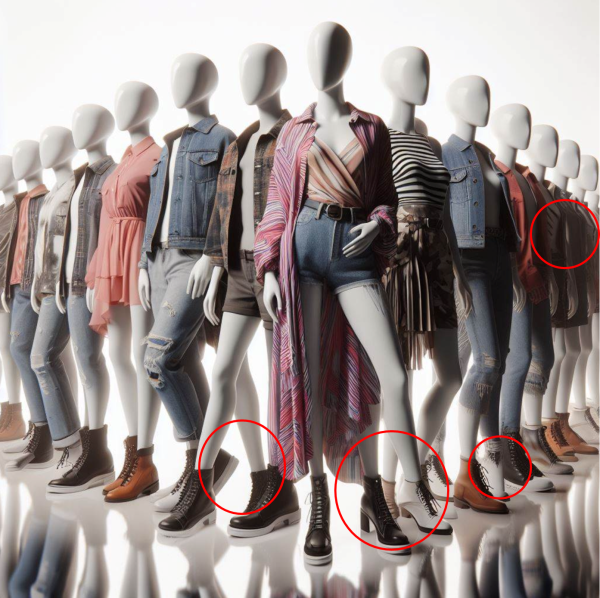
Fake People on Sale
In another picture that Bing AI Image Creator made, there appears to be an excess of legs from nonexistent mannequins.
• There is an extra shoe at the bottom center of the photo.
• The mannequin to the bottom-center-left has an extra leg.
• The mannequin to the bottom-center-right is wearing two different kinds of shoes.
• If you look to the very right, you can see there are three identical mannequins and the first two have one leg.
Taken from the Summer 2024 print issue of Inside Fullerton. Read it here.
